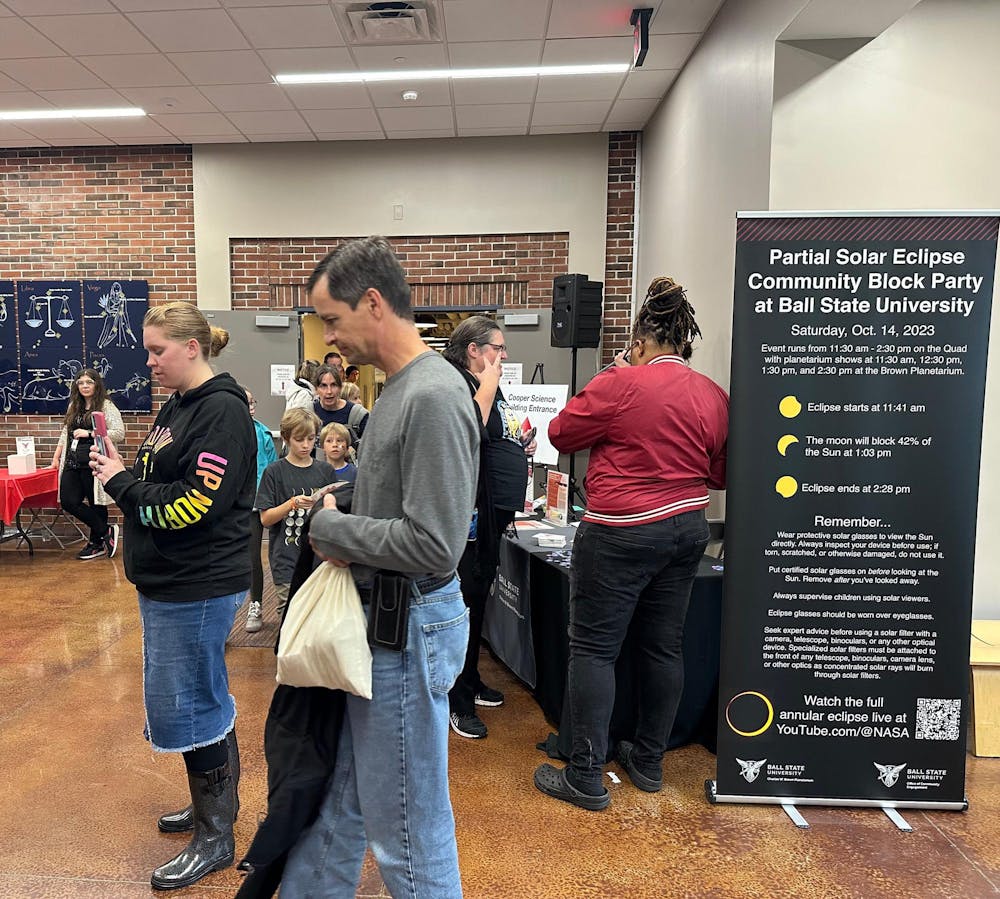Editor's Note: This story has been updated to correct inaccurate information about the upcoming solar eclipses.
The Cooper Science Complex held a viewing party for the partial solar eclipse Oct. 14 from 11:30-2:30 p.m. Originally planned to span the Quad, weather conditions forced the event to be held indoors, with booths set up throughout the building.
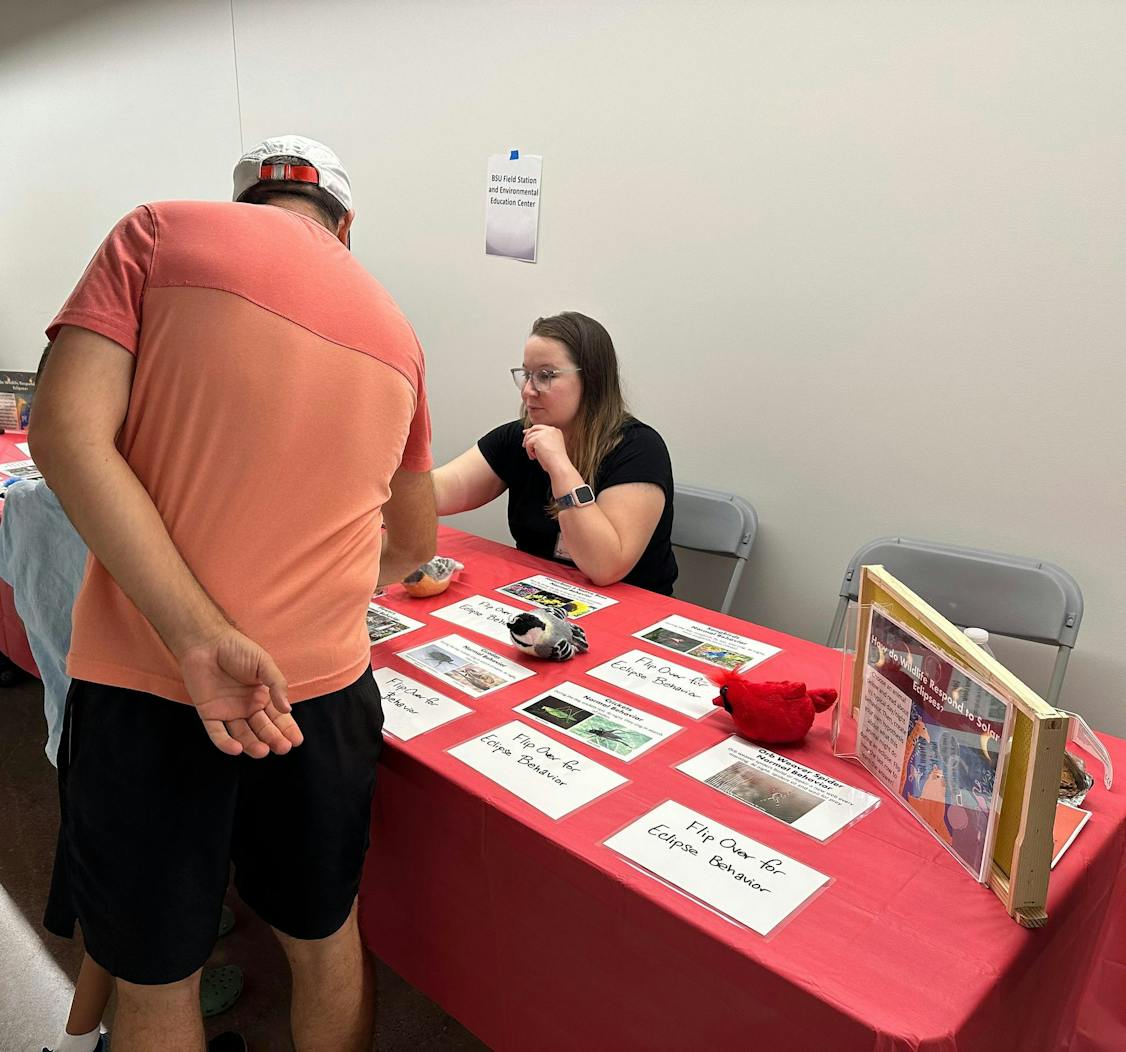
Activities ranged from educational to purely recreational, although many leaned slightly toward the latter. There were booths for face-painting, coloring and magnetic poetry, with food trucks outside offering concessions to guests.


Inside the Brown Planetarium, visitors could watch a screening of the 30-minute documentary “Eclipse: The Sun Revealed.” The film gives a brief overview of the scientific and cultural significance of eclipses, exploring the different explanations and myths assigned to them throughout history.
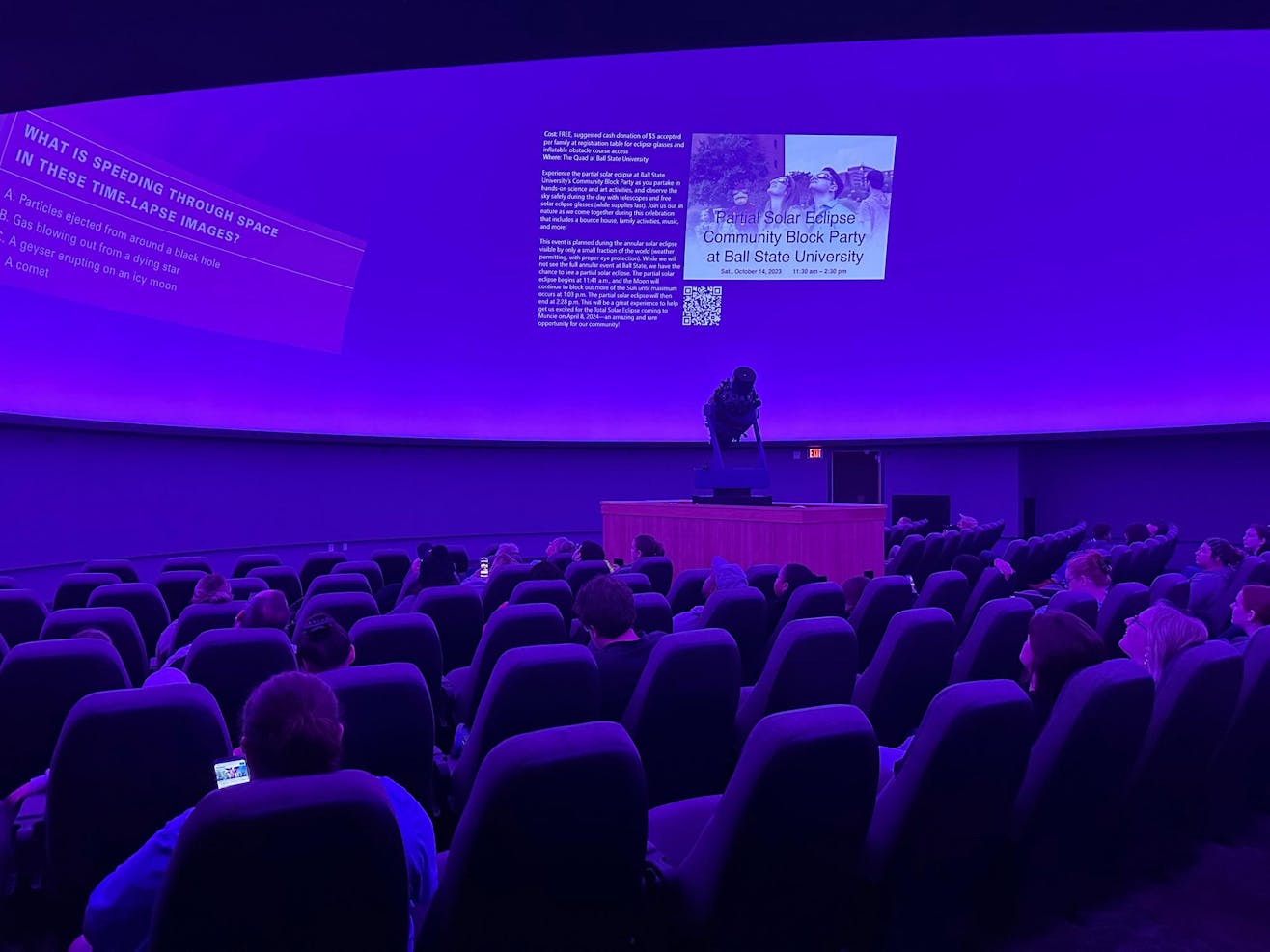
According to the College of Science at Purdue University, there are four different kinds of solar eclipse. In the case of a partial eclipse, observers are outside the trajectory of the moon’s shadow. That is why only a portion of the sun is hidden.
Dayna Thompson, director of the planetarium, said the event’s itinerary was designed to appeal to and inspire as many people as possible.
“We have art activities here today, we have activities about nature. We have activities on science, of course, but one of our goals at the planetarium is to inspire not just scientists, but future creators of all types, writers, artists and such,” she said. “I knew that we wanted to have a lot of kinds of non-traditional activities that you would maybe see at a more of a festival and make this really more of a party for folks.”
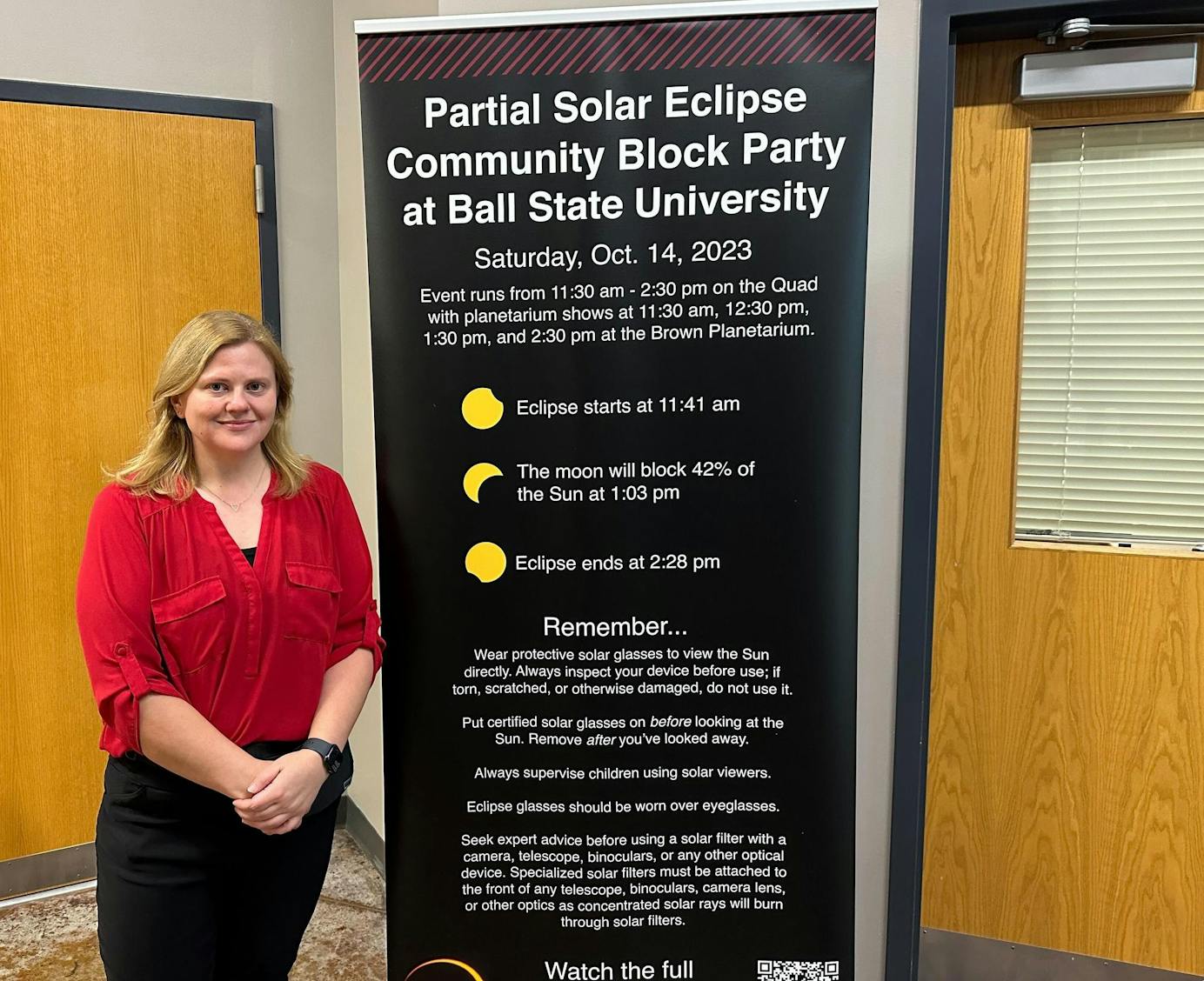
According to Thompson, much of the community on campus came together for the event.
“We partnered with what we call the Integrated Cultural Committee, basically just uniting all the cultural assets on campus: the greenhouse, the art museum, the planetarium, athletics and many other units,” Thompson said.
She said that involvement extended beyond on-campus organizations, though. Many groups from Muncie also pitched in.
“So we already had these ties across the community, not just within Ball State, but outside,” Thompson said. “The Muncie Children's Museum, the Indiana Academy, and the Muncie Astronomy Club came and helped out. But then we put out just a call to anyone who was interested, and we got some folks that we don't usually partner with, like Admissions.”
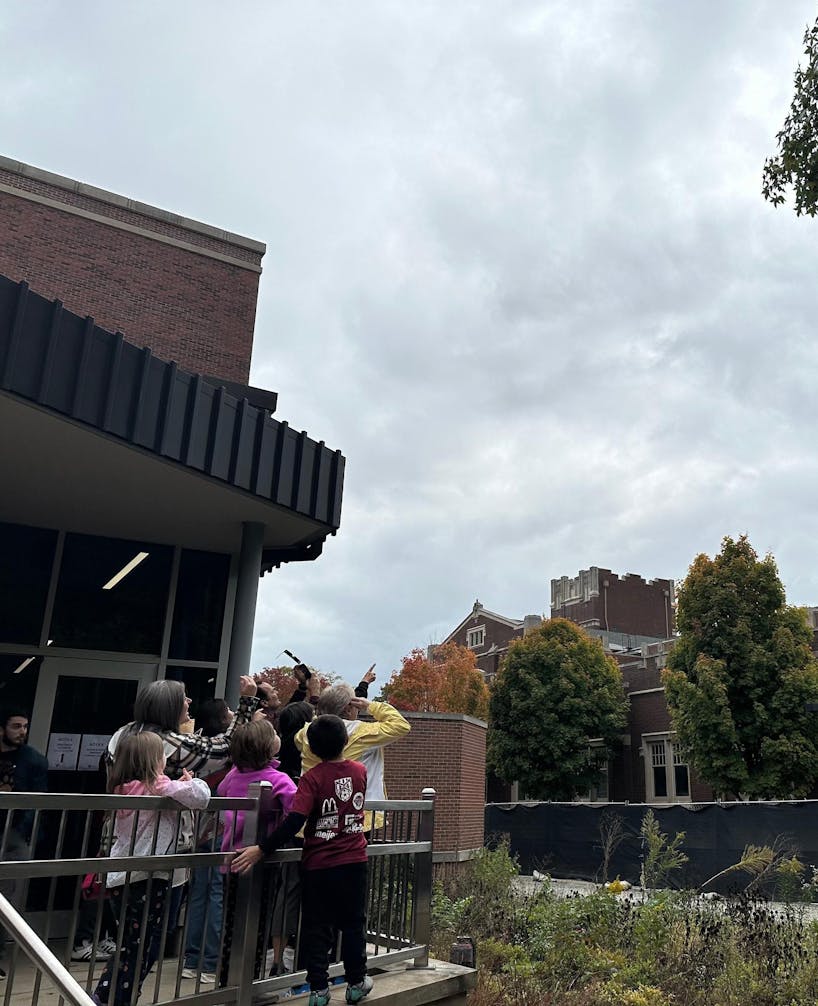
While the cloudy weather made it difficult to observe the eclipse, visitors still attempted to catch a glimpse, and some were more lucky than others. The occasional cry of triumph or call to attention pierced the calm silence, although those rare opportunities to spot it were swiftly washed away by the gray sky.
Despite this setback, though, the event saw high attendance, and the building was packed with families.

Banners in the entrance of the building had a QR code linking to a livestream of the eclipse by NASA. On their official website, NASA said that the eclipse will be visible for millions of people across the Western Hemisphere, and provided a 3D model of the annular eclipse.
A full solar eclipse will occur April 8, 2024.
Contact Colin Brown with comments at colin.brown@bsu.edu.

